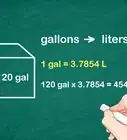This article was co-authored by wikiHow staff writer, Sophia Latorre. Sophia Latorre is a Content Manager on the wikiHow team. Before joining wikiHow, Sophia worked as a technical editor and was published in six International Energy Agency (IEA) Wind Annual Reports. Now, she writes, edits, and reviews articles for the wikiHow Content Team, working to make the content as helpful as possible for readers worldwide. Sophia holds a BA in English from Colorado State University.
There are 7 references cited in this article, which can be found at the bottom of the page.
This article has been viewed 77,984 times.
Learn more...
Converting liters (L) to milliliters (mL) is super simple. All you need to do is multiply the number of liters by 1,000.
Steps
Sample Liters to Milliliters Converter
Changing Liters into Milliliters
-
1Note that “milli” means one-thousandth. A great trick for remembering the difference between liters and milliliters lies in knowing the definition of the prefix. Since “milli” means one-thousandth, a milliliter is 1/1,000 of a liter.[1]
-
2Multiply the number of liters (L) by 1,000 to find the number of milliliters (mL). There are 1,000 times as many milliliters as there are liters.[2]
- For instance, say you have 3 liters. Simply multiply 3 liters by 1,000 to get 3,000 milliliters. Therefore, 3 L = 3,000 mL.
Advertisement -
3Keep in mind that liters (L) and milliliters (mL) measure volume. “Volume,” also known as capacity, refers to how much three-dimensional space an object occupies. In most cases, liters and milliliters are used to measure the volume of liquid or gas.[3]
Converting Milliliters Back into Liters
-
1Remember that milliliters (mL) are smaller units than liters (L). Keep in mind that “milli” means “one-thousandth,” so a milliliter is one-thousandth the size of a liter. Therefore, there will be fewer liters than milliliters.[4]
-
2Divide the number of milliliters (mL) by 1,000 to get the number of liters (L). Remember that there are 1,000 milliliters in every liter.[5]
- For instance, let’s say you have 7,500 milliliters. Divide 7,500 milliliters by 1,000 to get 7.5 liters. So, 7,500 mL = 7.5 L.
-
3Note that milliliters (mL) and liters (L) are metric units. If you don’t have a lot of experience measuring volume in milliliters or liters, that may be because you aren’t familiar with the metric system, and both mL and L are metric units.[6] In the U.S., units like cups, pints, quarts, and gallons are more commonly used to measure volume.[7]
References
- ↑ https://www.metric-conversions.org/volume/liters-to-milliliters.htm
- ↑ https://www.cuemath.com/measurement/litres-to-milliliters/
- ↑ https://www.mathsisfun.com/definitions/volume.html
- ↑ https://www.khanacademy.org/math/cc-fourth-grade-math/imp-measurement-and-data-2/imp-converting-units-of-volume/a/metric-units-of-volume-review
- ↑ https://www.metric-conversions.org/volume/milliliters-to-liters.htm
- ↑ https://www.bbc.co.uk/bitesize/topics/z4nsgk7/articles/zqf4cwx
- ↑ https://www.cuemath.com/measurement/imperial-system/


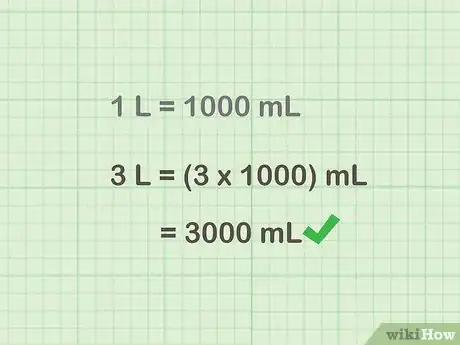
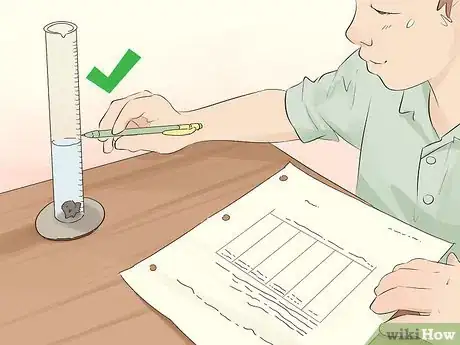
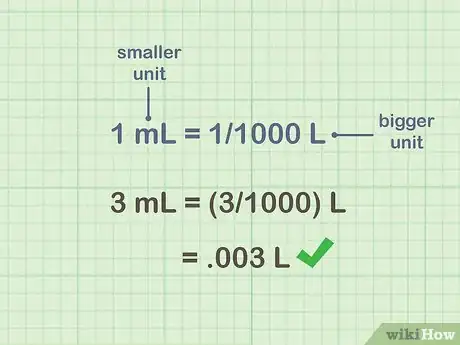
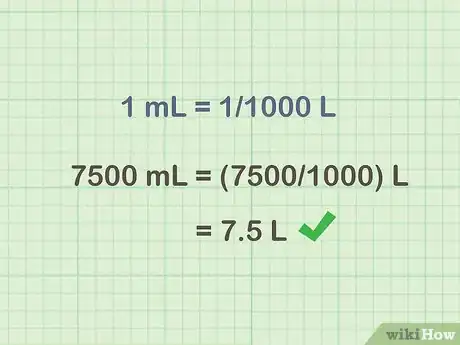

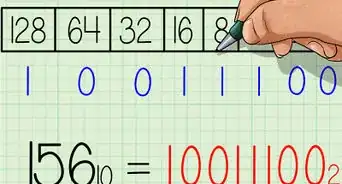
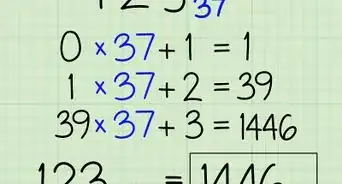
-to-Grams-(g)-Step-8-Version-5.webp)
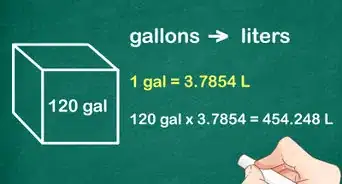

-to-Fahrenheit-(°F)-Step-6-Version-2.webp)
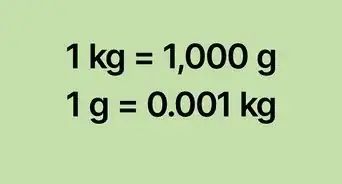
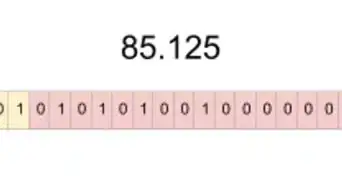

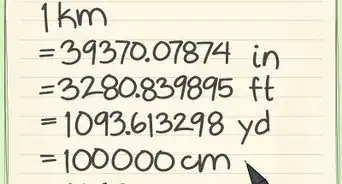
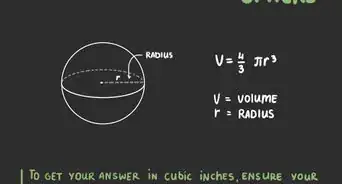
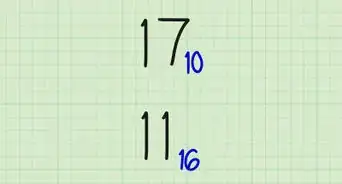
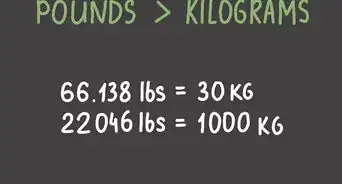









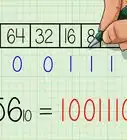
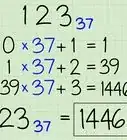
-to-Grams-(g)-Step-8-Version-5.webp)
